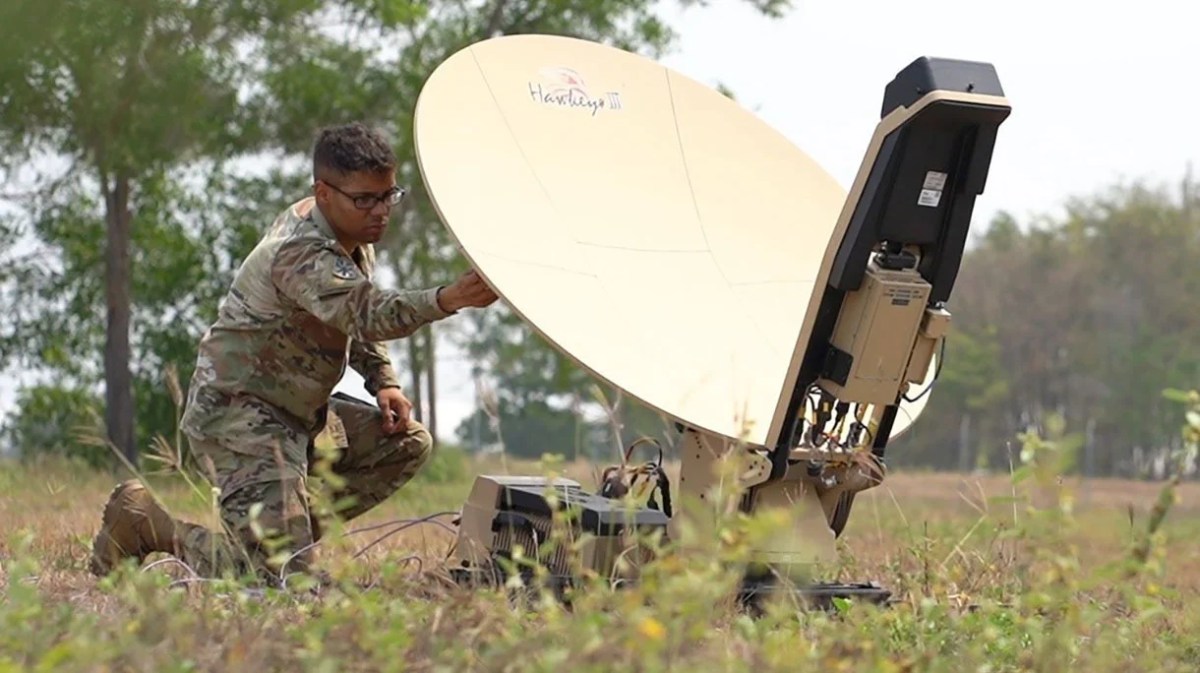WASHINGTON — The Pentagon is poised to sign agreements with commercial space companies that go far beyond the usual contractor relationships, integrating their equipment into military units and exercises with the expectation they will deploy systems if conflicts arise.
This initiative, known as the Commercial Augmentation Space Reserve (CASR), will see private sector equipment embedded into military units, used in training exercises and actual operations.
This new type of partnership has been in discussions for over a year and comes as the U.S. military increasingly views space as a critical domain for national security alongside land, air, sea and cyberspace. Citing growing threats from China and Russia to disrupt American satellites, Pentagon officials say private companies are needed to help maintain crucial satellite capabilities like communications, navigation, surveillance and missile warnings.
“CASR shows just how serious we are about integrating commercial capabilities along with our military space capabilities,” said Col. Richard Kniseley, senior materiel leader of the Space Systems Command’s Commercial Space Office.
Companies eligible for the CASR program have to provide products or services that the military identifies as essential for operations, and have to prove that they have the capacity to support DoD under potential wartime scenarios. Under these agreements, companies would commit to “to help defend America and its allies,” Kniseley said May 17 at a Washington Space Business Roundtable meeting.
Kniseley repeatedly stressed that participation in CASR is voluntary, contrasting it with China’s state-controlled space sector.
Access to threat intelligence
“Once integrated, you’ll have the option to become a CASR partner, not just in peacetime, but actively contributing to America’s defense,” Kniseley stated.
Incentives extend beyond financial rewards. Companies would gain access to threat intelligence, a valuable asset in a rapidly evolving space landscape.
“We’re working closely with the operational community” to better understand the implications of working more closely with commercial companies, he said. “We’ll continue industry dialogue and refine program details through ongoing conversations.”
CASR contracts will be tailored to specific companies and capabilities. CASR companies will not be “hot backups” but provide capabilities that seamlessly integrate with military infrastructure, said Kniseley. Contracts will stipulate compensation for “surge capacity” during periods of heightened demand, a crucial detail to hammer out during peacetime “so we’re not negotiating during a war,” he said.
Congressional backing
The House Armed Services Committee strategic forces subcommittee’s draft 2025 defense policy bill authorizes the CASR program, which gives the program a significant boost, said Kniseley. “This codifies CASR.” He said contracting actions could begin as early as this year, with initial efforts likely to focus on space domain awareness, or capabilities to track objects in orbits.
“We’ve never done this before,” Kniseley noted. But ironing out the details now ensures a “repeatable process across various mission areas. Getting it right requires starting now.”
China’s ‘kill web’
The CASR initiative comes amidst growing concerns about threats to U.S. satellites. Gen. Chance Saltzman, Space Force chief of space operations, recently highlighted China’s development of a “sensor-shooter kill web” that could endanger U.S. forces in the Pacific.
“Our rivals are heavily investing in counter-space capabilities designed to neutralize our space advantage,” Saltzman said in a speech May 9 at a conference in Australia. “The U.S. military cannot go it alone. Collaboration with commercial partners and allies is essential.”
The success of SpaceX’s Starlink constellation in Ukraine, providing critical communication in a contested environment, serves as a compelling case study, said Saltzman, and underscores the potential of commercial augmentation to support military objectives, he said. “We’re taking those lessons to heart as we build a more resilient space architecture.”
